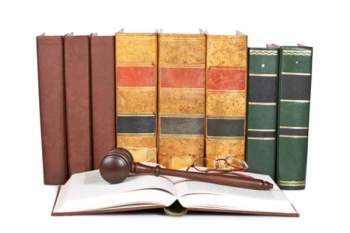
The Trademark Act of 1881

Must Read
Popular In Trademark
Trademark Registration Overview How To Trademark A Name Trademark Symbols Remedies To Trademark Infringement Defenses Against Trademark Infringement Paris Convention Tm Symbol How To Report Trademark Infringement Trademarks Common Law And Trademarks Types Of Passing Off The Madrid Agreement Overview How To Register A Trademark
The Trademark Act of 1881 was the first successful application of Congressional power toward the subject of trademark law in American history, following a piece of legislation on trademarks from a decade before which had been struck down by the Supreme Court. The federally based trademark law extended its scope to the dealings of American citizens with foreign nations and Indian tribes as related to the subject of trademarks, and to citizens of such nations or groups who had comparable dealings with Americans. Both sets of applicants would be able to receive official recognition for the specific purpose and unique nature of their trademark with the protection of United States law. The first section of the Act described the means through which applications for the recognition of trademarks could be made. The applicant would have to provide notice of his or her name, address, and national affiliation and of the type and specific description of the goods or services which the trademark would be used in conjunction with. Trademarks themselves would have to be described and illustrated in the form of a "facsimile" and accounted for the way in which they would be used for the purpose of the goods or services, while the period of time in which they had been or would be used would have to be given. The trademark law set the application fee at $25 and gave supervision of the process over to the Commissioner of Patents. Section 4 of the trademark law allowed for trademarks to be issued for American use under the imprimatur of the Department of the Interior, while Section 5 specified that the registration would remain in force for a period of thirty years. In the six months leading up to the expiration of a trademark, the owner would have the ability to apply for new certification. One of the essential benefits of receiving certification for trademarks, as specified by Section 7, would be that such certification could function as prima facie evidence, allowing any person who clearly or "colorably" infringed upon such a right to be liable for legal damages. Due to the prior existence of federal trademark law, however unsuccessfully it might have been implemented, Section 6 allowed for the "crediting" of previously paid fees to the federal government for the purpose of legal protection of trademarks. Section 8 made clear that trademarks which were used toward the end of conducting illegal commerce or of willfully misrepresenting goods and services to the public would of themselves not receive protection under the trademark law. Due to the existence of common law provisions already in place in the various American states governing trademarks, and the inapplicability of the Copyright Clause of the Constitution toward Congressional control of trademark law, Section 11 of the Act specifies that the provisions of the federal trademark law were not intended to provide guidance for cases involving matters between residents of the same state and not involving any form of commerce with foreign nations or Indian tribes.



















